Since the 1970s, Marc Camille Chaimowicz has explored the space between art, life, and decoration. He develops interiors and spatial arrangements as well as various furnishings and decorative objects, paintings, vases, curtains, furniture, and wallpaper. In his work, Chaimowicz blurs the boundaries between private and public space. His formal language—in painting, interiors, and arrangements—perhaps refers to intimist painting from the late nineteenth century, including work by artists such as Pierre Bonnard and Édouard Vuillard.
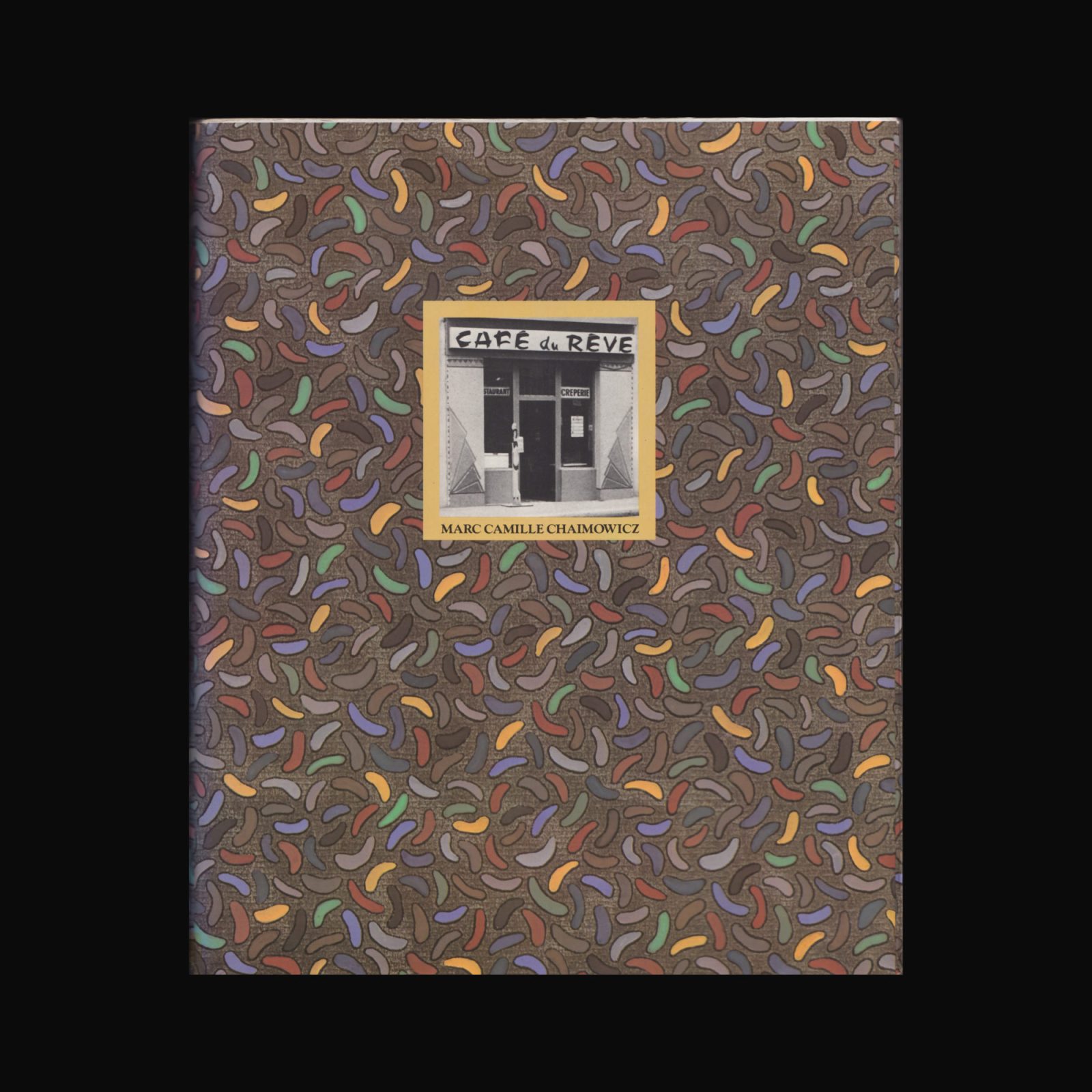
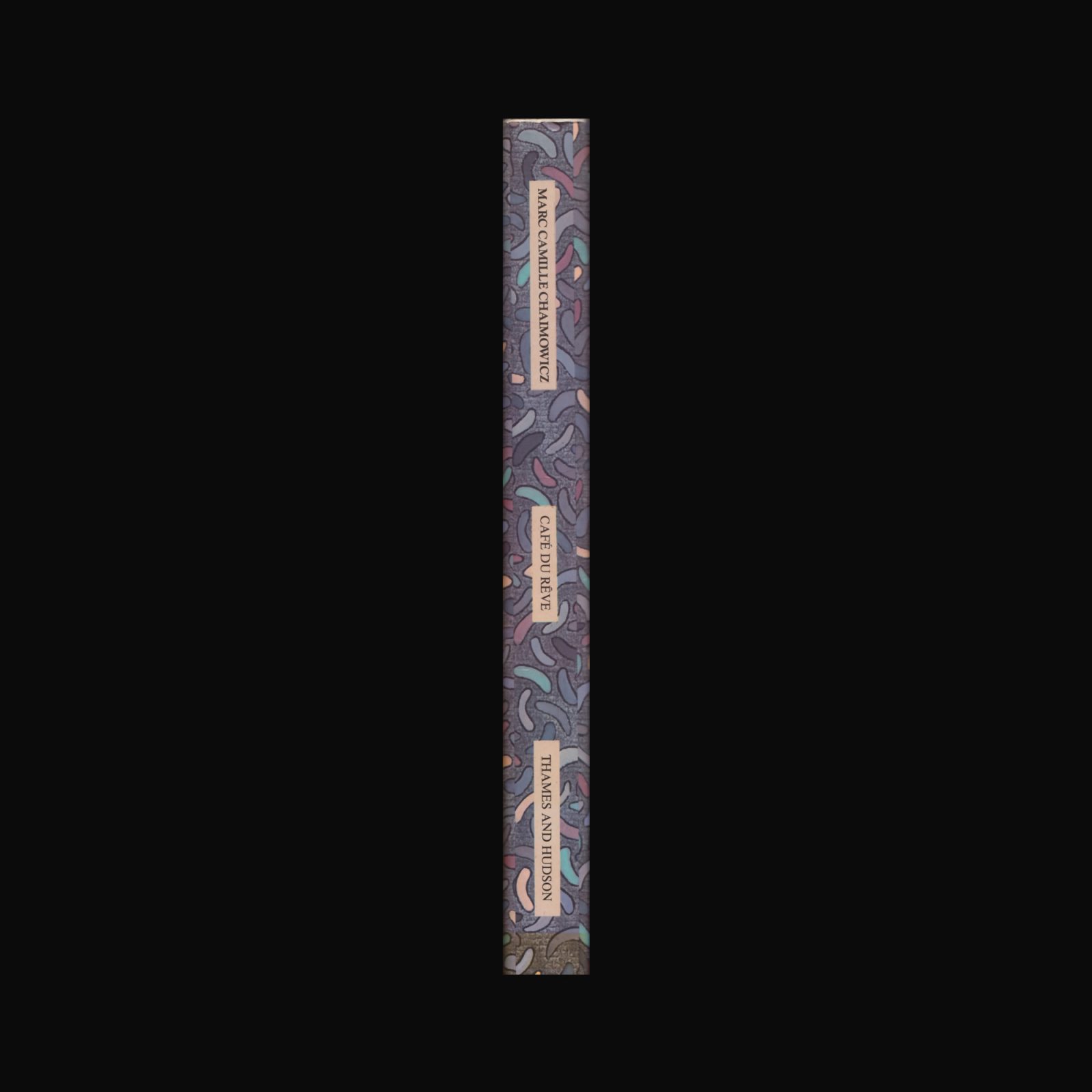
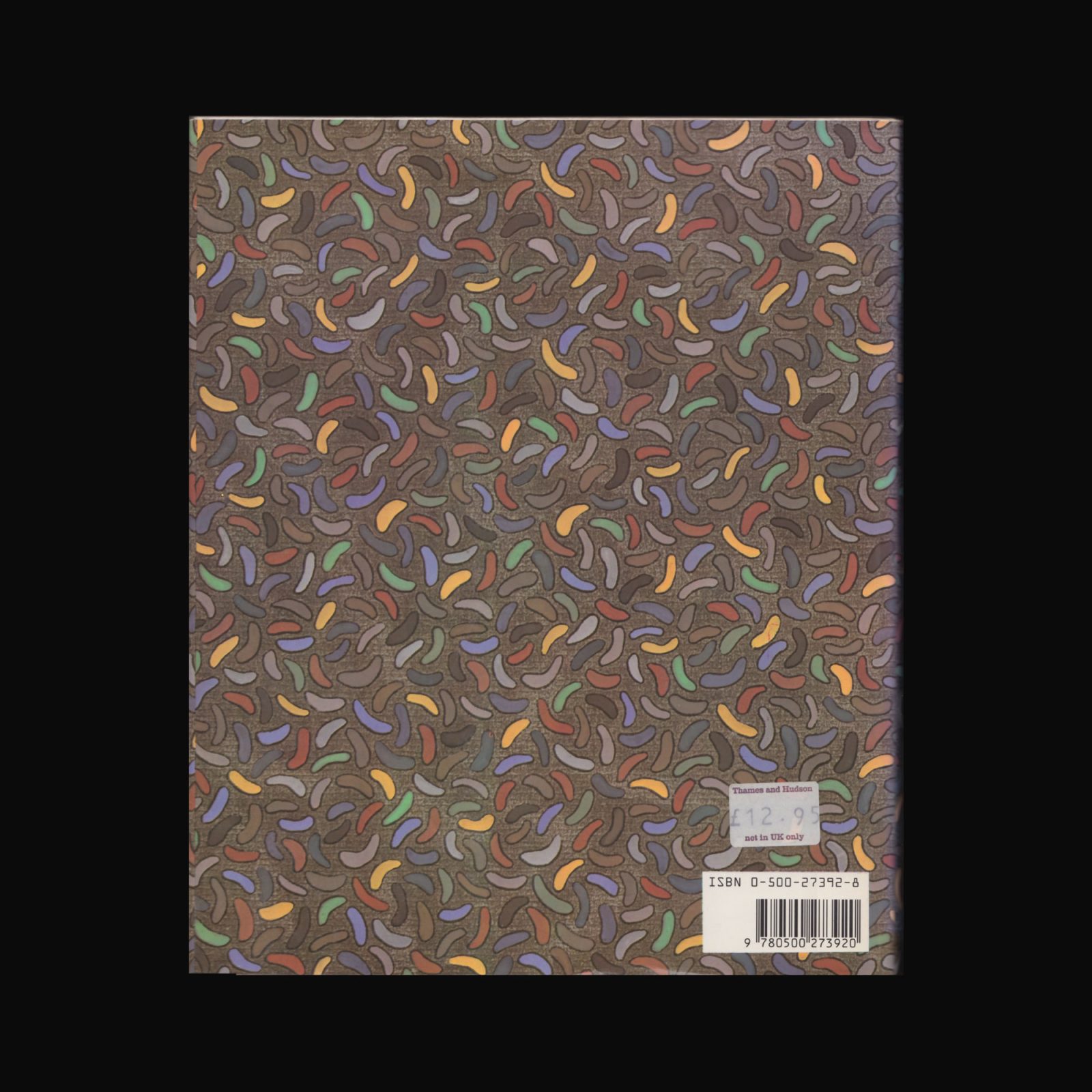
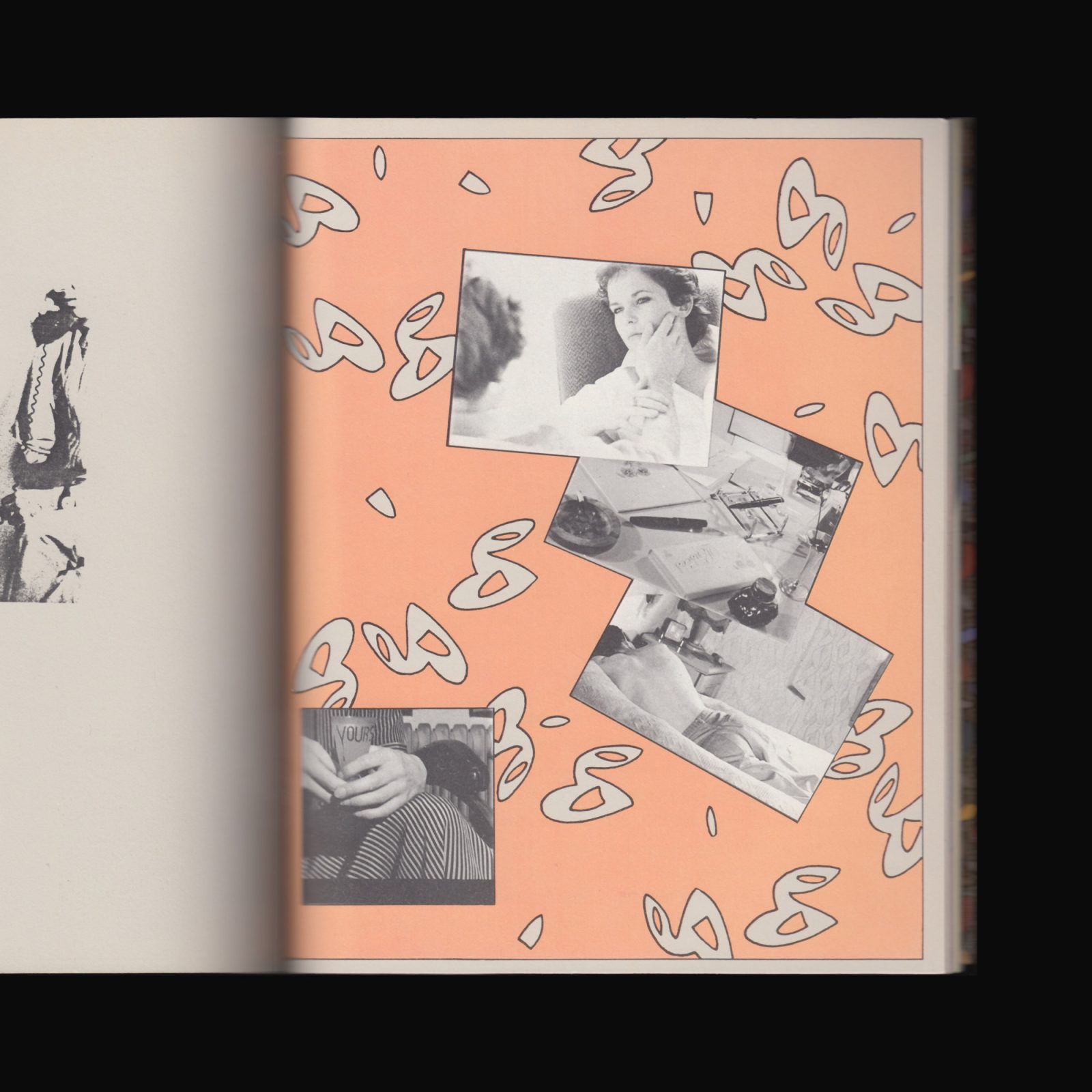
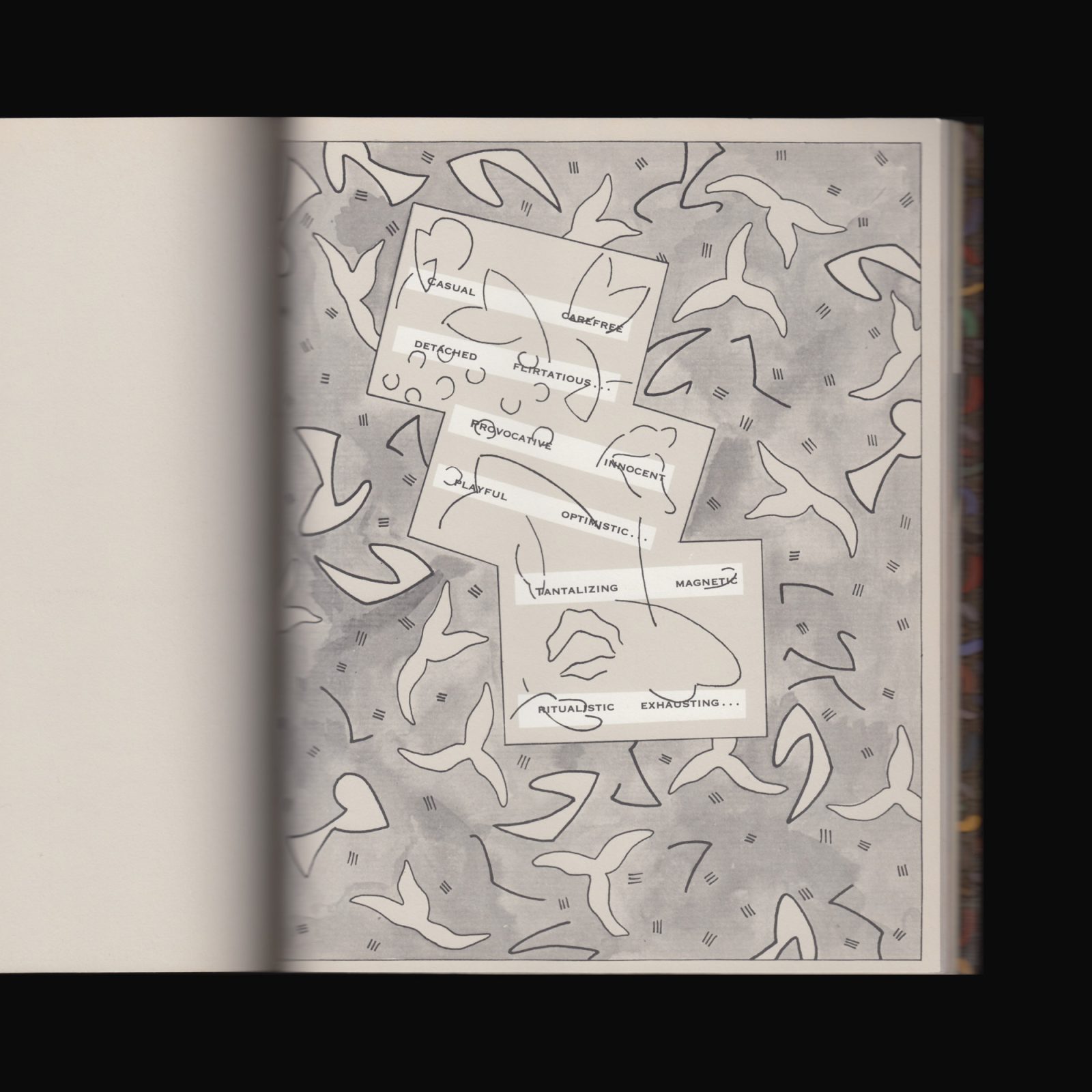
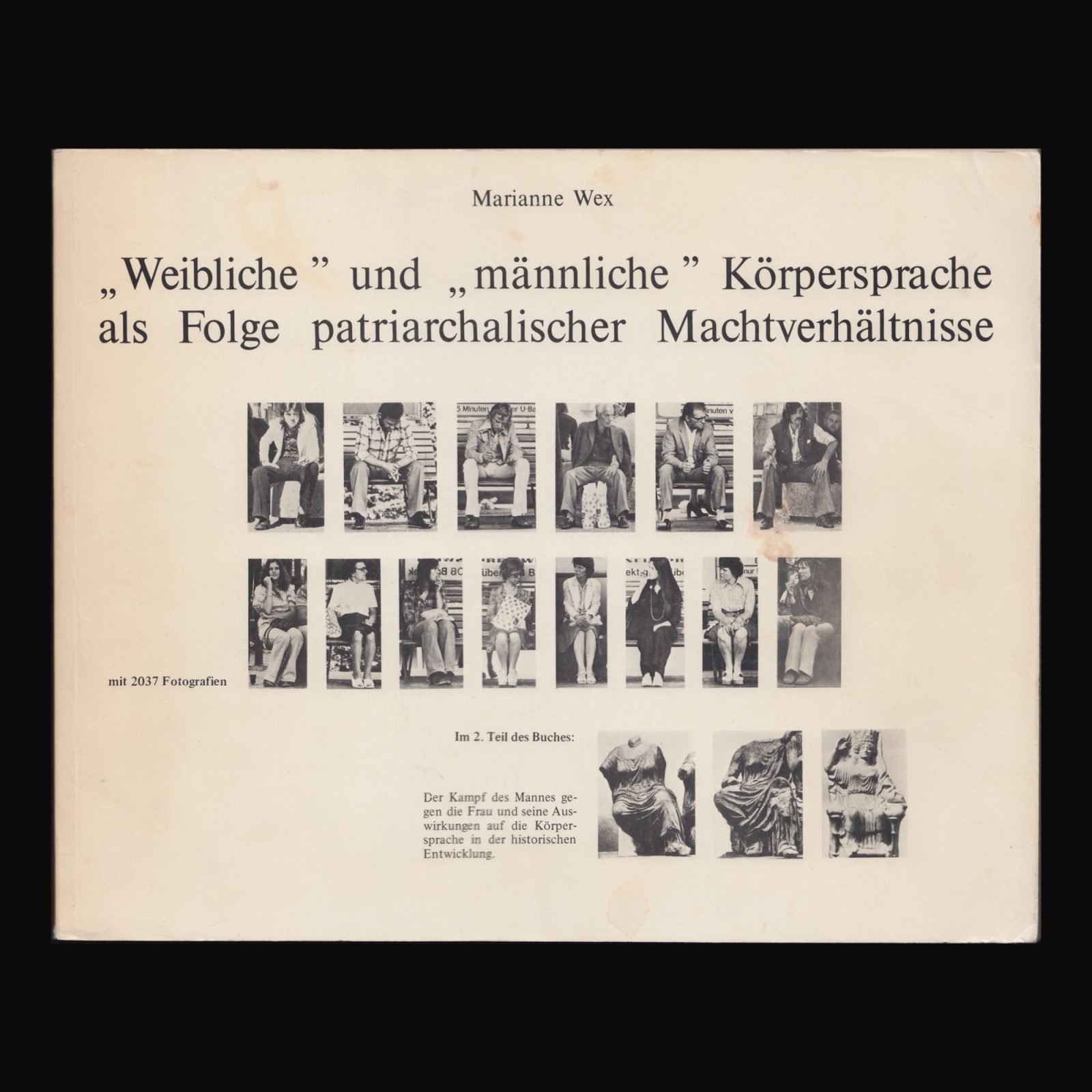
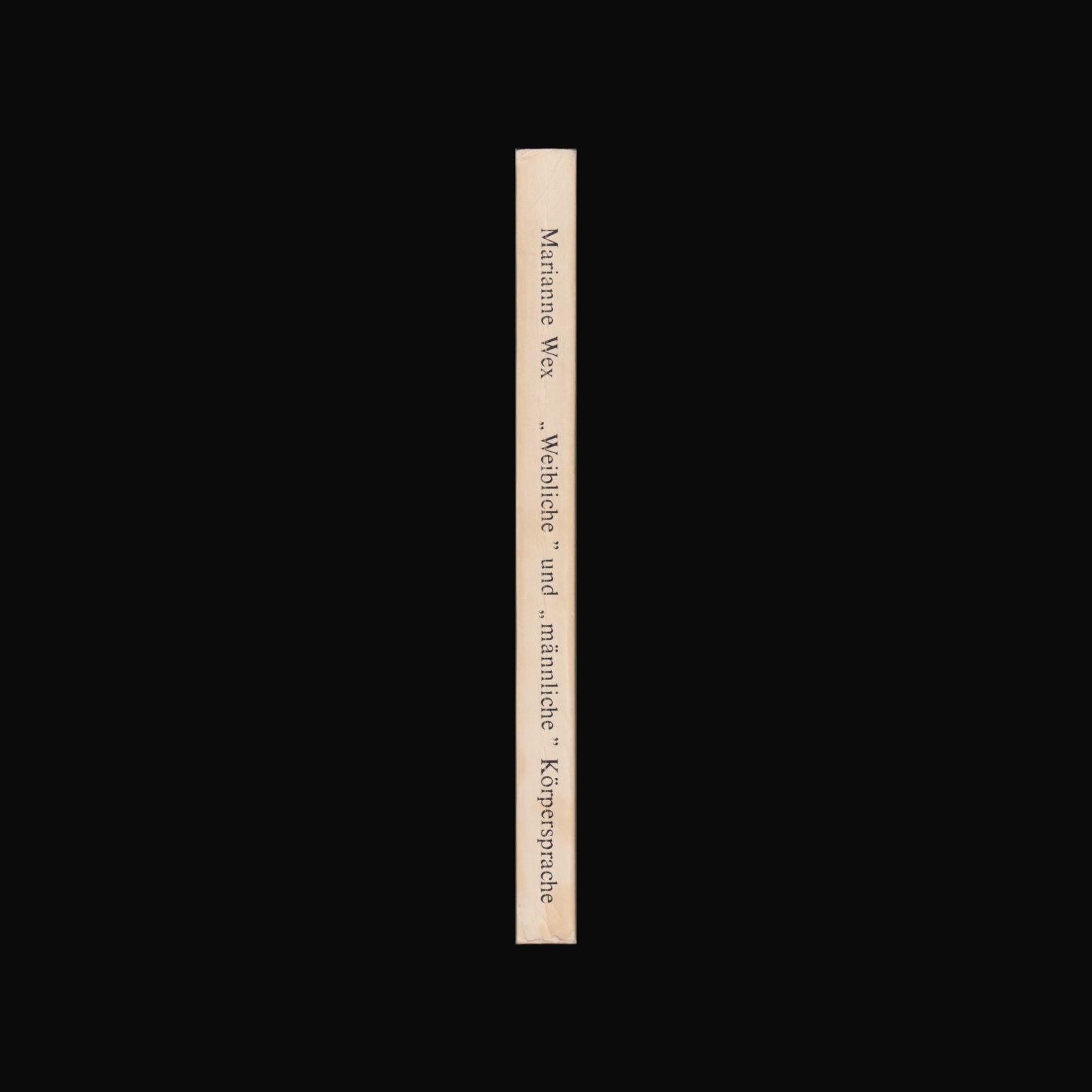
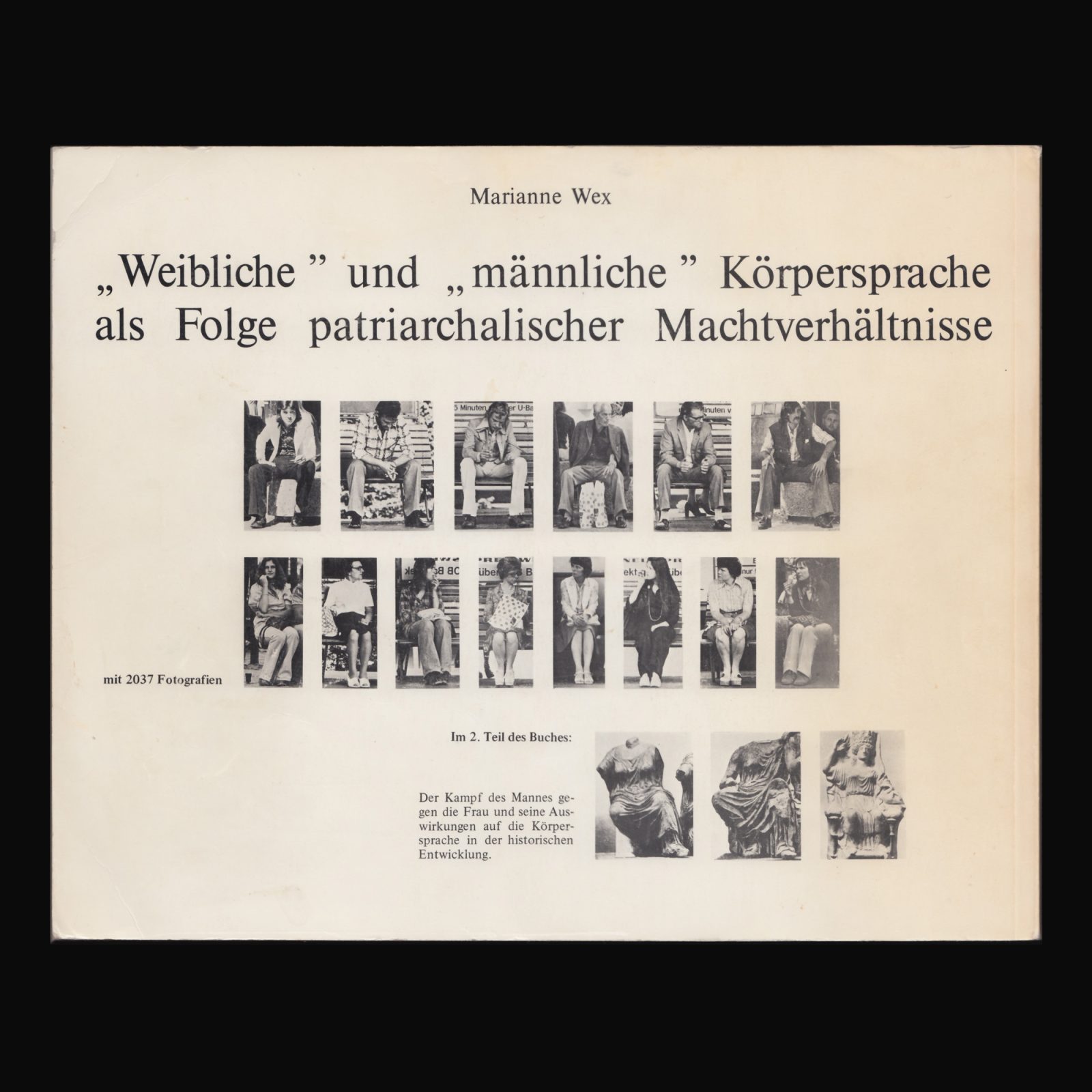
Speaking about her work, Wex notes that her endeavor was “based on the assumption that body language is the result of sexoriented, patriarchal socialization, affecting all of our ‘feminine’ and ‘masculine’ role behavior.” Her discovery was that “body language and bodily ideals between sexes have become increasingly divergent.”
The resulting body of photographic collages is unique: they combine the history of street photography and the typologies of the Becher School with conceptual art imperatives, especially in their possibilities for modular recombination. Let’s Take Back Our Space might be classified, non-exhaustively, as a feminist broadside, an encyclopedia of gesture, an ethnographic portrait of Hamburg in the 1970s, a genealogical tract on art history, a neglected classic of appropriation art and a kind of autobiography.
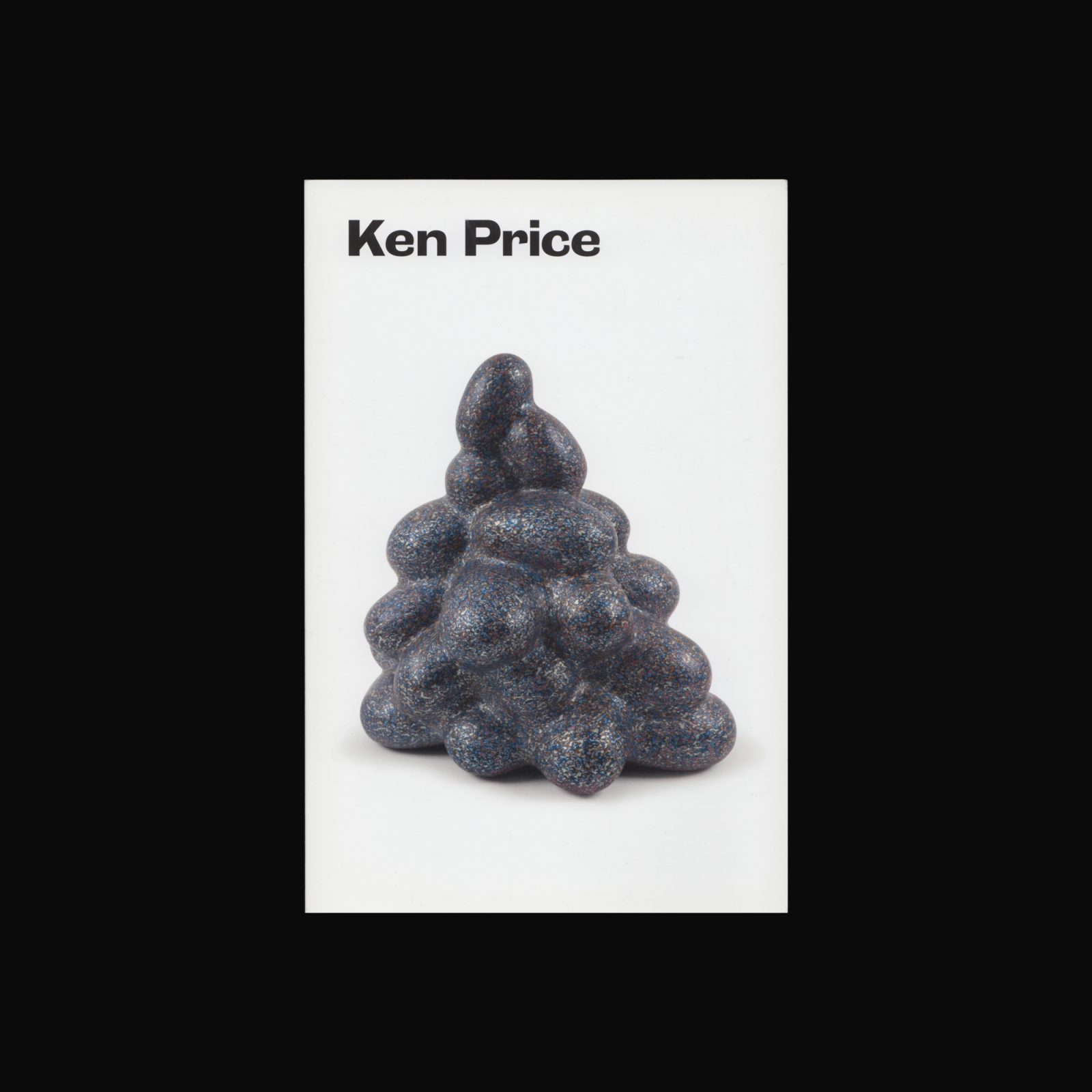
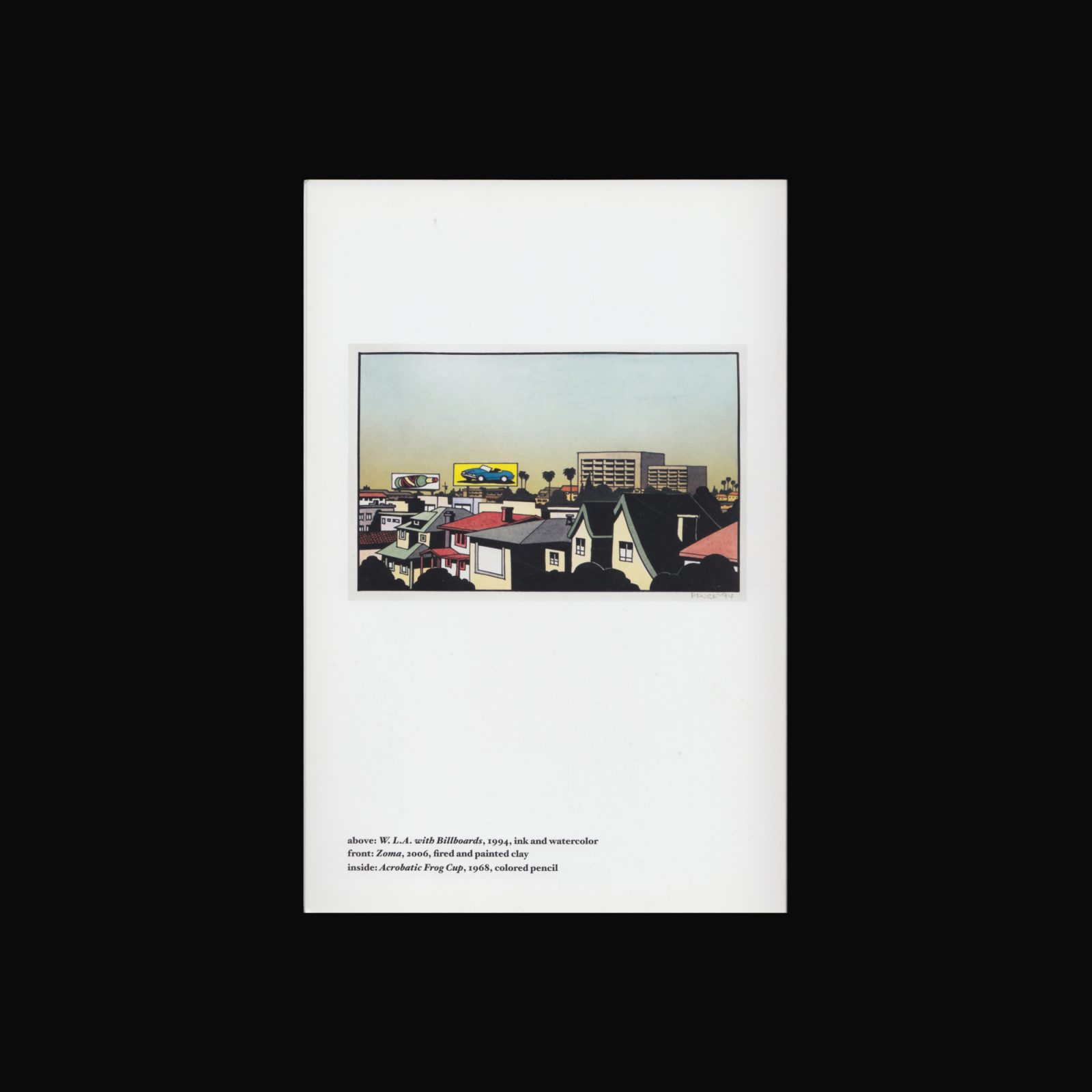
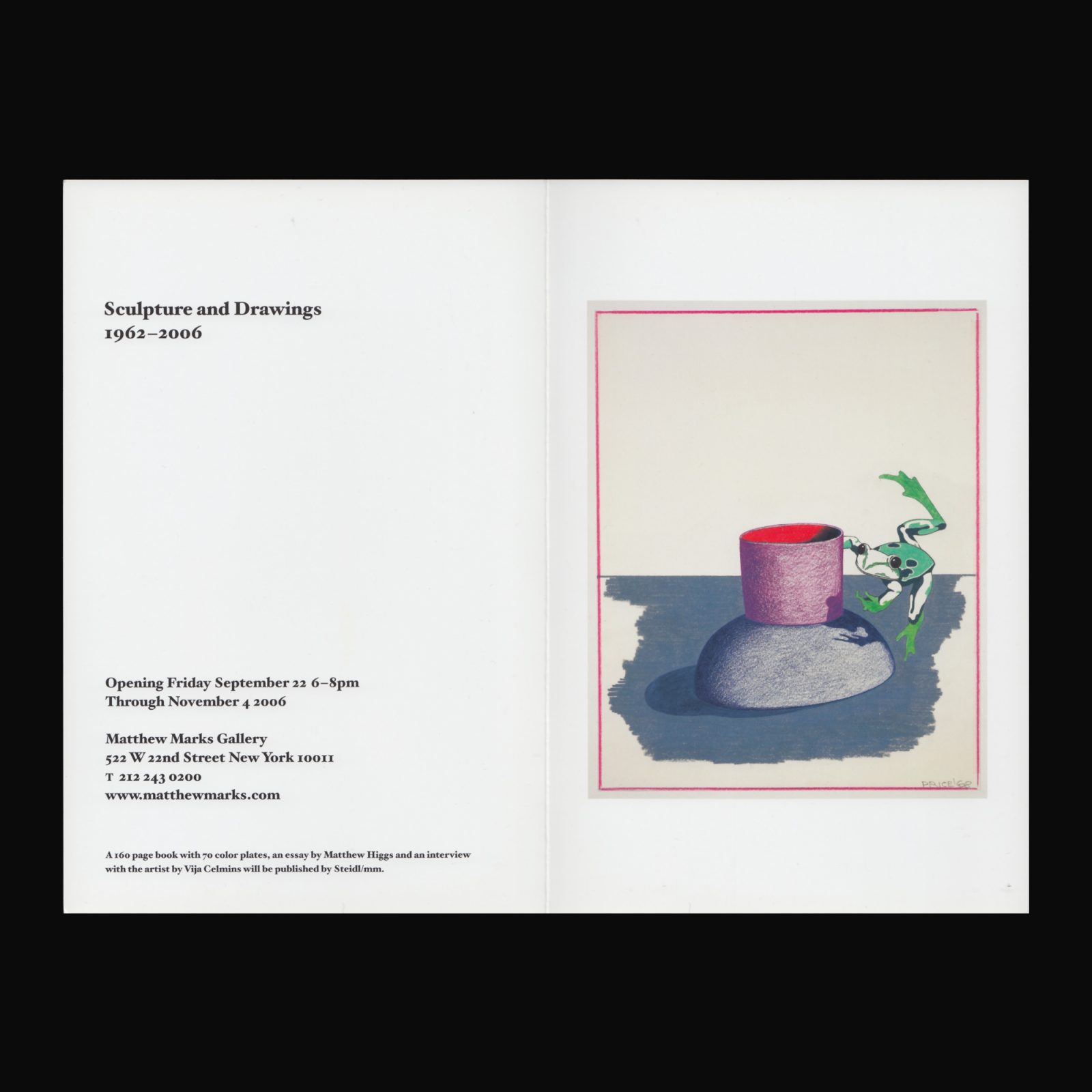
Invitation card produced on the occasion of Ken Price’s exhibition Sculpture and Drawings at Matthew Marks Gallery, New York, 22 September–4 November, 2006
For over 50 years, Ken Price produced small-scale, brightly colored ceramic sculptures with exquisitely worked glazed and painted surfaces in which he achieved a balance between form and surface. In recent years, Price began making works in much larger sizes. His youthful experiences as a surfer in Los Angeles greatly influenced his art, which he explained as the manifestation of that which he found pleasurable.
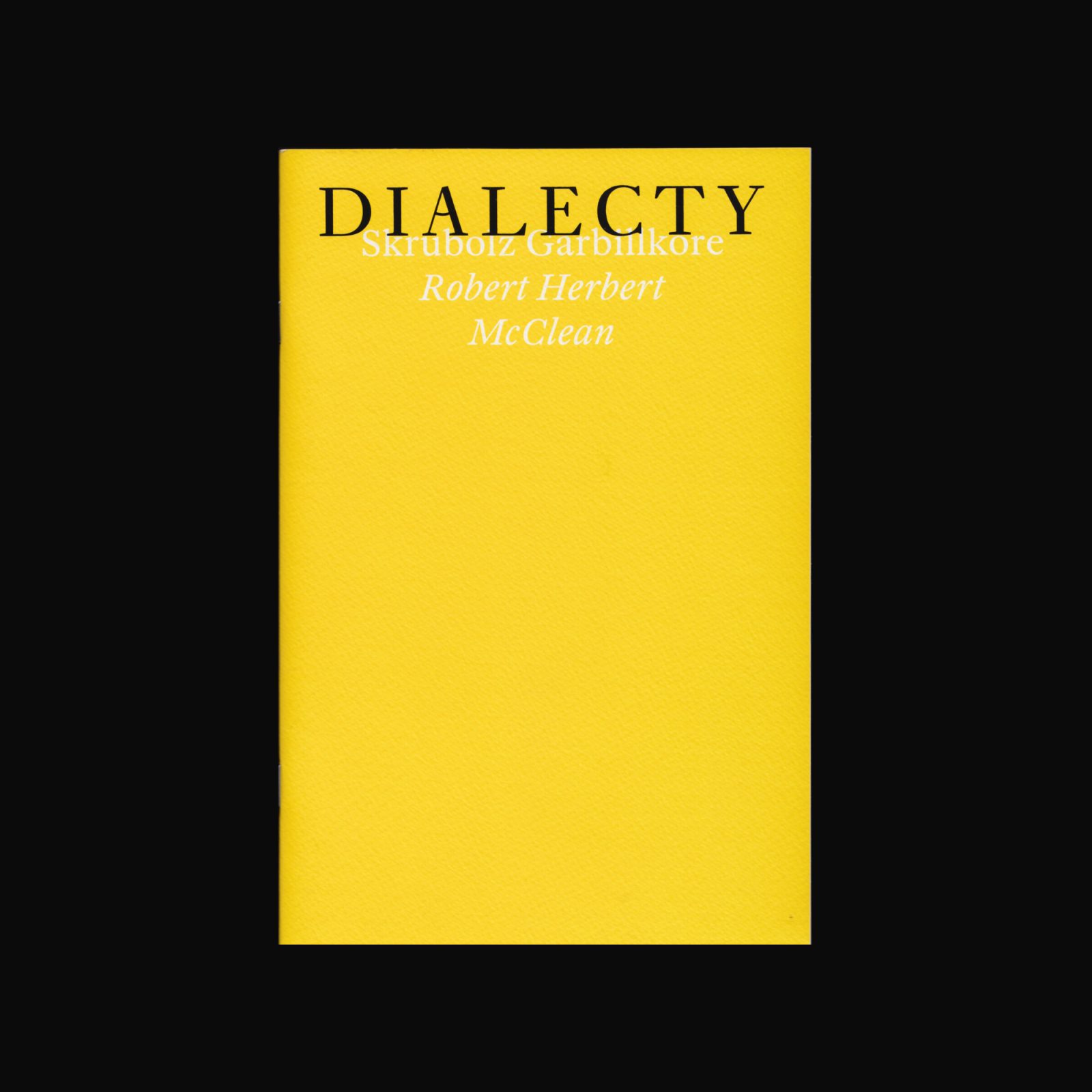
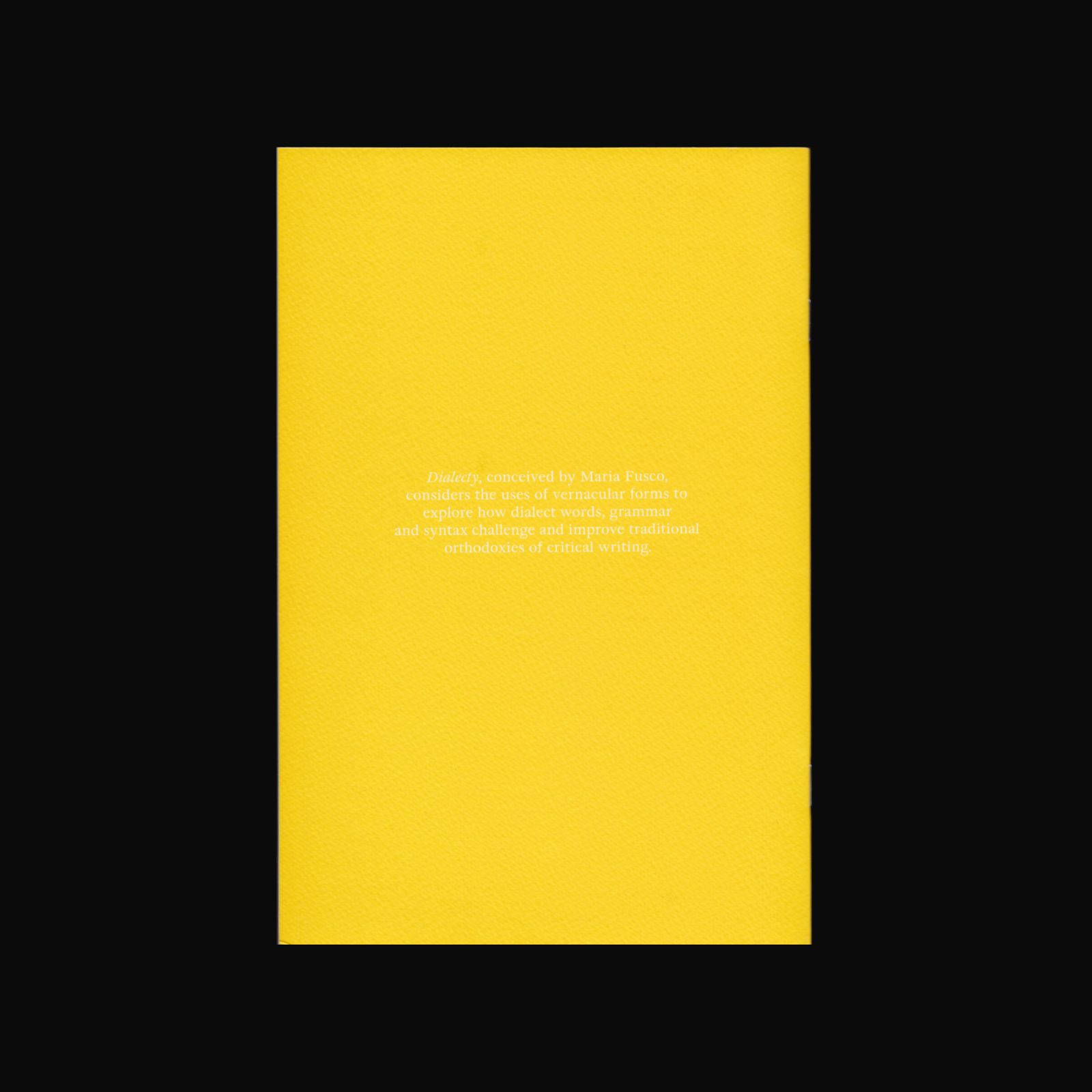
‘Ohwnleeeinn Bellphasst wudyah b’borninn ahplace cauld Frendleee Whay wiffahfuckin myuralaffa bandahfukin terrroristz whanwiffah rauckettlawnchar whanwiffah ayedunnowha anh whan blade wiffah masheeengunn.
Frendleee Whay iffyur furrrtha rahpublikin cawz lak.
Whattzap frum Flukeyluke anh Daza mahcuzinn. Uppattah Sentraall Staishinn abowtaah gyett affah trane frumm Larrnn tha shitehoal werther wuzah yoovee-eff parrteee tha nite baahphore furr summ kunt ouwttah maggabbreee. Flukeyluke ohvarherd summ kunt slabbarinn tha therr wuz gunnah beeah striparr attah thiss parrteee.
Here, for Dialecty, Robert Herbert McClean presents us with a phonetic tale of Flukeyluke and Belfast friends.
Dialecty, conceived by Maria Fusco with The Common Guild, considers the uses of vernacular forms of speech and writing, exploring how dialect words, grammar and syntax challenge and improve traditional orthodoxies of critical writing.
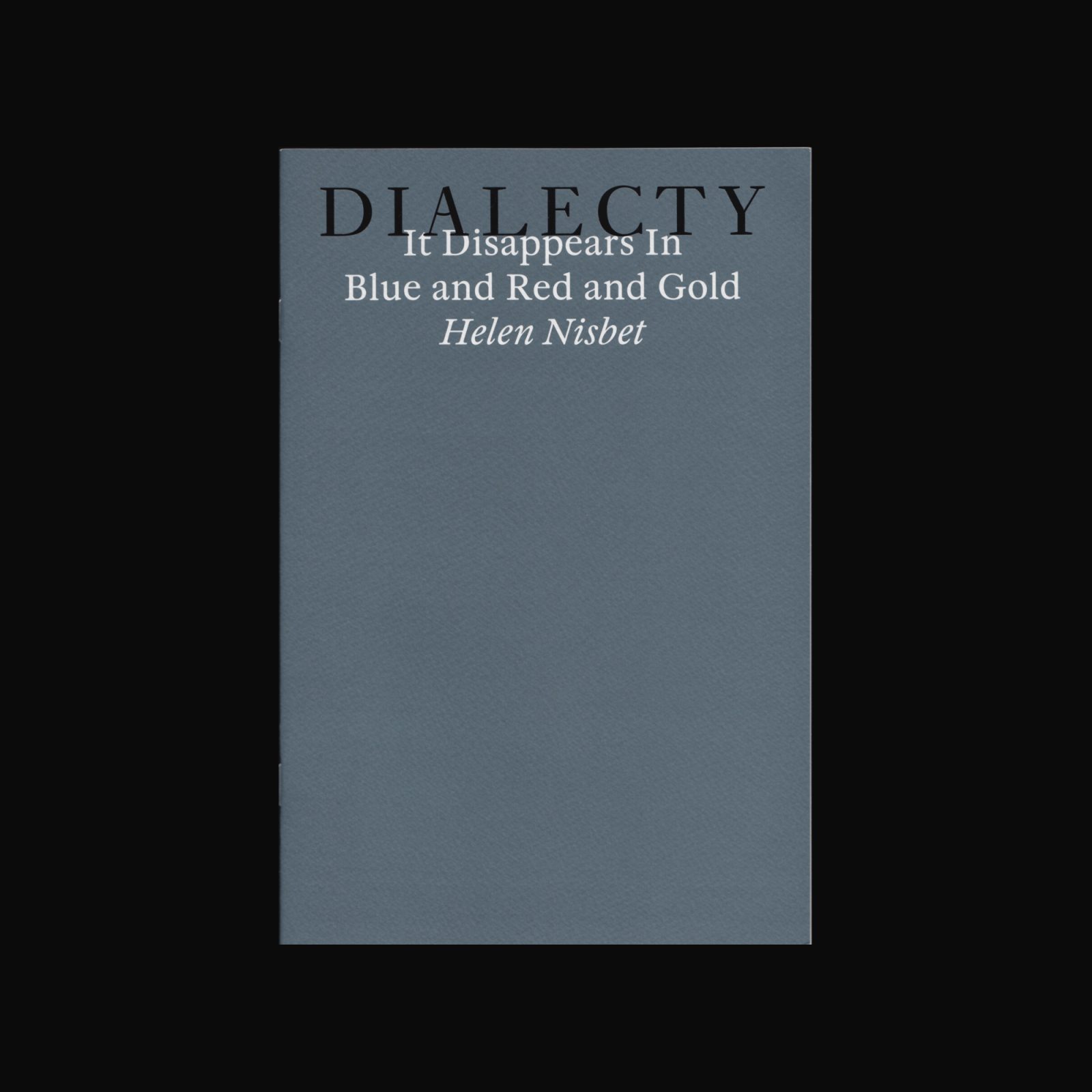
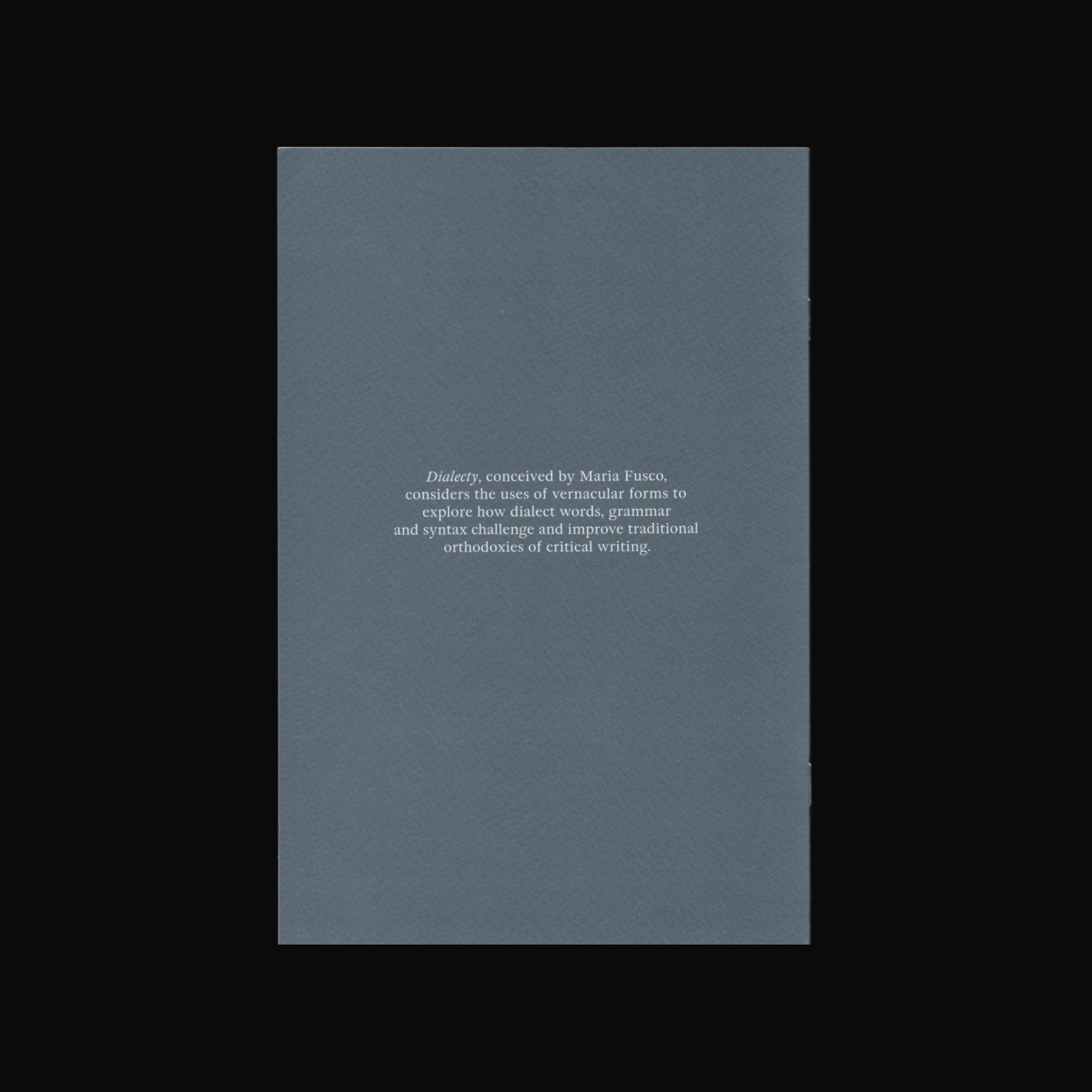
- ‘Shetland wis won by Harald Hårfagre, in da days whan
- da Vikings wir settin oot in aa da aerts wi dir axes,
- longboats and stinkin haps tied aboot dir backs. Dis cam eftir
- da time dat giants roamed an fokk wid wakken in
- dir beds tae hear bairns greetin wi a big wan clawed trow
- comin in da bedroom window, tearin at dir throats.’
Helen Nisbet makes a return to family history and memories of Shetland and the displaced reverberations in her contemporary life.
Dialecty, conceived by Maria Fusco with The Common Guild, considers the uses of vernacular forms of speech and writing, exploring how dialect words, grammar and syntax challenge and improve traditional orthodoxies of critical writing.
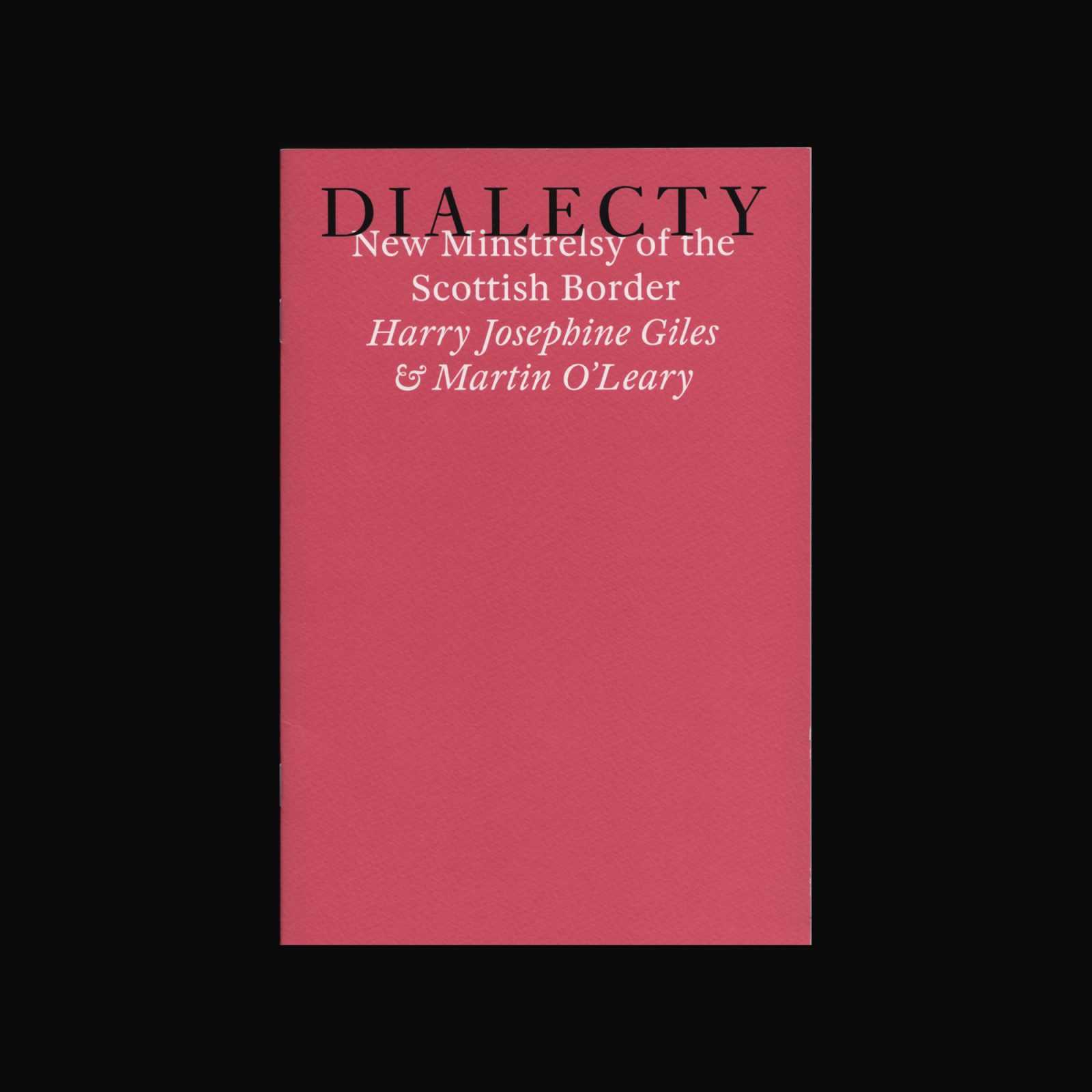
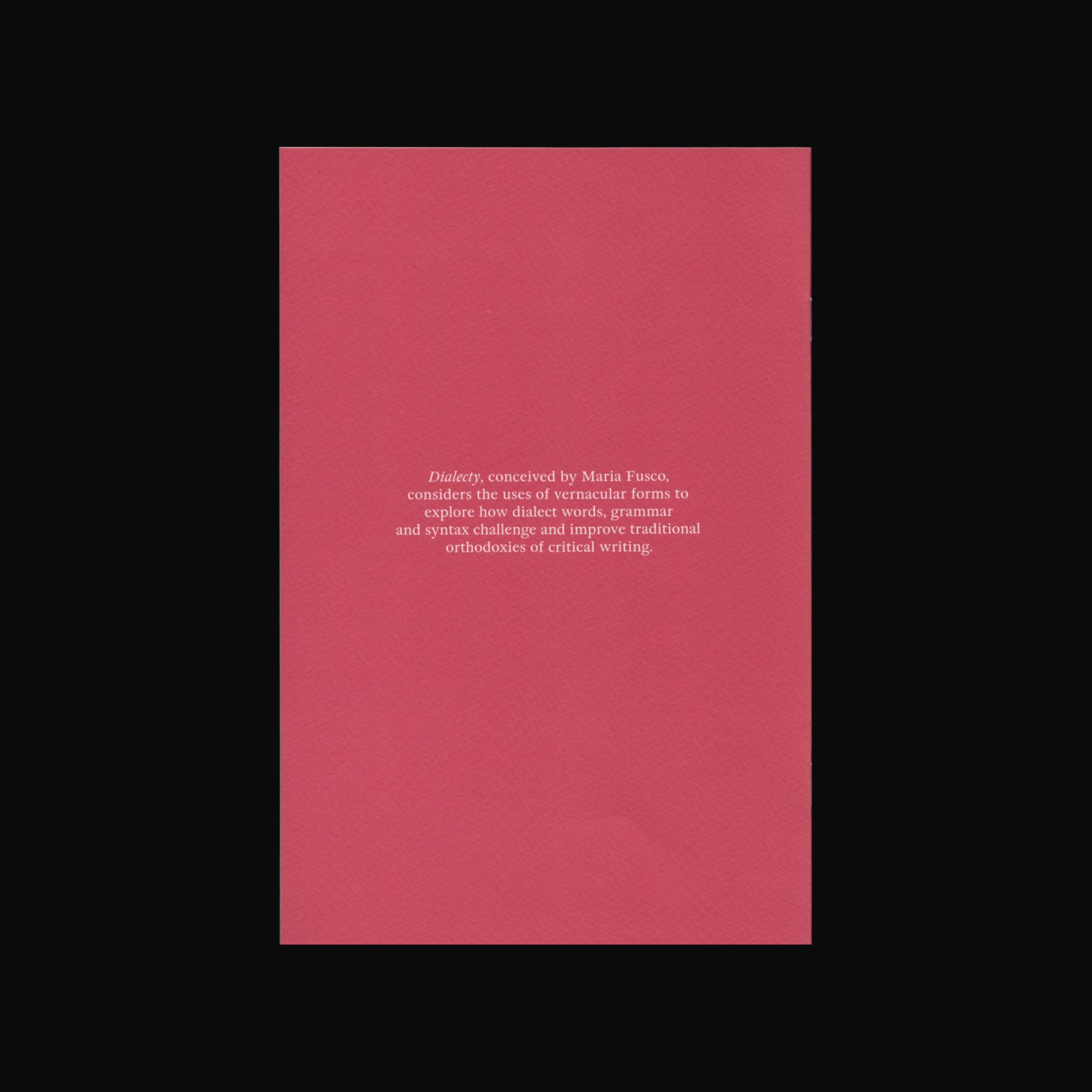
Commissioned from open submission, Harry Josephine Giles & Martin O’Leary have used a neural network to produce poems that return to the vernacular language found in the ballads and poetry of nineteenth century Scotland and Northern England.
Harry Josephine Giles is a poet and performer and Martin O’Leary is a digital artist and designer: they came together from their different disciplines and perspectives over a shared interest in online texts, twitterbots, procedural generation and computer poetry.
Dialecty, conceived by Maria Fusco with The Common Guild, considers the uses of vernacular forms of speech and writing, exploring how dialect words, grammar and syntax challenge and improve traditional orthodoxies of critical writing.